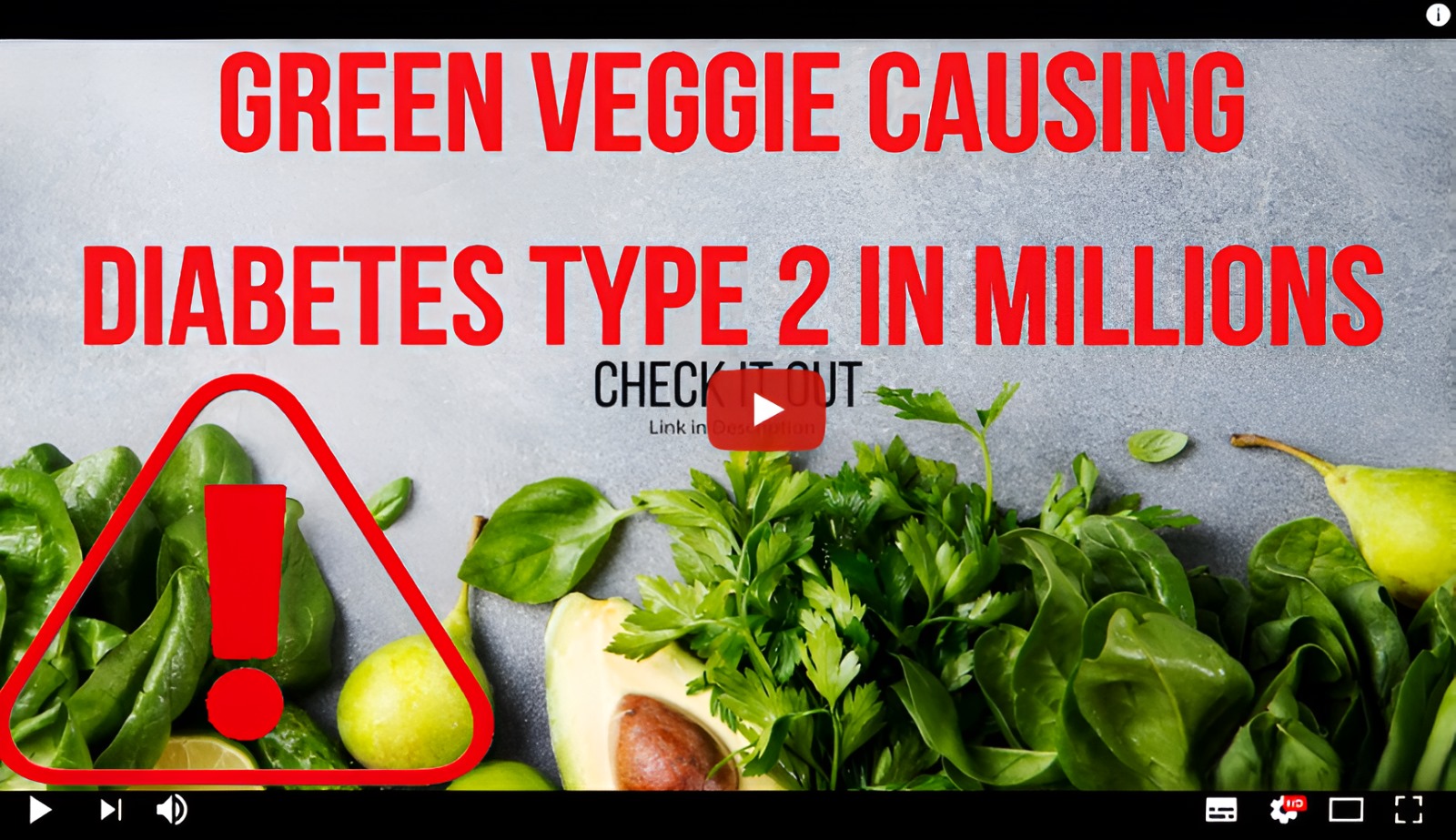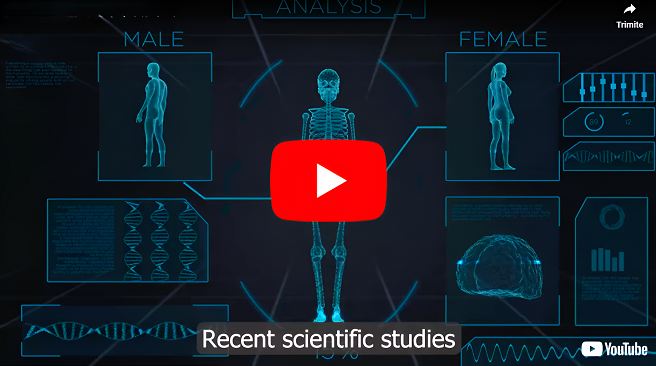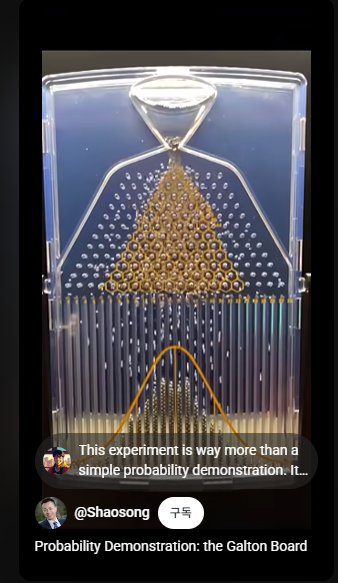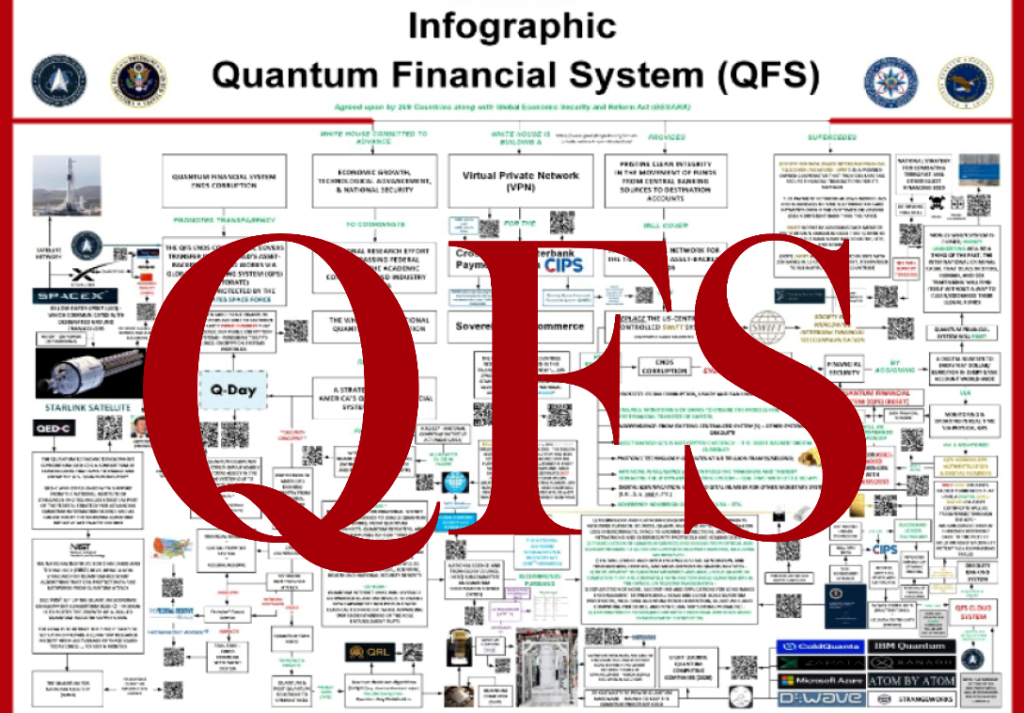
Share
바바라 오닐 경고: 바나나에 독이 들어 있어요! 스티커 뒤에 숨겨진 치명적인 비밀을 알아보세요.
진실을 밝힐 준비가 되셨나요? 거짓말에 지치셨나요? 지금 바로 텔레그램 채널에 가입하세요. 진짜 이야기를 들려드릴 시간입니다! 모든 독자 여러분께 감사드립니다!
바바라 오닐 경고: 바나나에 독이 들어 있습니다! 바나나 스티커에는 살충제, 독성 화학물질, 유전자 변형 식품 등 치명적인 비밀이 숨겨져 있습니다! 바나나를 한 입 먹을 때마다 건강과 지구를 위험에 빠뜨리고 있습니다. 바나나를 먹기 전에 지금 이 글을 읽어보세요!
경고: 바나나를 구입할 때 주의하세요! 작은 스티커에 대해 알아야 할 사항
바나나 – 너무 순수해 보이지 않나요? 아이들의 얼굴에 미소를 짓게 하고, 완벽한 간식을 제공하며, 스무디와 아침 식사 대용의 필수품인 열대 과일입니다. 하지만 무해해 보이는 바나나에 충격적인 비밀이 숨어 있을 수 있다고 하면 어떨까요? 네, 사실입니다. 브랜드 라벨이라고 무심코 지나쳤던 이 작은 스티커가 사실은 여러분의 건강, 환경, 식품의 미래에 영향을 미칠 수 있는 매우 중요한 메시지를 전달하고 있습니다.
바나나에 붙은 스티커: 그 스티커가 무엇을 의미하는지 아십니까?
‼️ 아침 바나나를 한 입 더 먹기 전에 잠시 멈춰서 생각해 봅시다. 바나나에 붙어 있는 스티커에 대해 생각해 본 적이 있나요? 단순한 로고가 아닌 더 깊은 의미가 담겨 있을까요? 대답은 ‘그렇다’이며, 그 진실은 놀랍기도 하고 놀랍기도 합니다.
자세히 설명해드리자면, 이 작고 평범한 스티커에는 풍부한 정보가 담겨 있습니다. 사실, 바나나가 어떻게 재배되었는지 정확히 알 수 있습니다. 네, 제대로 읽으셨습니다. 스티커의 숫자는 무작위가 아니라 코드이며 중요한 정보입니다. 이 코드를 통해 지금 먹고 있는 바나나가 살충제, 비료 또는 유전자 변형 생물체(GMO)로 재배되었는지 여부를 알 수 있습니다.
놓치지 마세요:
⇒ 바바라 오닐: 대형 제약회사보다 먼저! 현대인의 건강을 위한 오레가노 오일의 강력한 치유 효과 – 비디오
⇒ 바바라 오닐의 궁극의 비타민 & 미네랄 가이드: 결핍을 인식하고 자연적으로 치유하기 – 비디오
⇒ 바바라 원일: 암세포는 42일 만에 죽는다! 이 유명한 오스트리아인의 주스가 암 및 기타 난치병으로부터 45,000명 이상을 치료했습니다! (레시피-비디오)
⇒ Barbara Oneill: We Clean the Liver, Lose Weight, Renew the Cells of the Body!

PLU 코드 이해하기: 바나나의 스토리를 밝히는 열쇠
여기서부터 문제가 심각해집니다. 모든 바나나 스티커에는 PLU 코드(가격 조회 코드)라는 숫자가 있는데, 이 숫자는 바나나가 어떻게 재배되었는지 이해하는 데 중요한 열쇠가 됩니다.
PLU 코드의 가장 중요한 세 가지 카테고리에 대해 자세히 알아보겠습니다:
1. 3 또는 4로 시작하는 4자리 코드: 집약적 농업(살충제 및 비료 주의!)
바나나에 4자리 숫자로 시작하고 3 또는 4로 시작하는 PLU 코드가 표시되어 있다면 이 바나나는 집약적 농업으로 재배된 바나나라는 것을 알아두세요. 무슨 뜻일까요? 간단히 말해, 비료와 살충제가 사용되었다는 뜻입니다. 이 바나나는 가능한 한 빨리 최대 수확량을 생산하도록 설계된 기존의 산업 관행에 따라 재배되었습니다.
바나나를 많이 먹고 싶지 않은 사람이 어디 있겠어요? 하지만 농약과 비료는 건강과 환경에 심각한 위험을 초래할 수 있다는 점이 문제입니다.
해충을 죽이거나 성장을 촉진하기 위해 고안된 합성 화학 물질이 뿌려진 바나나를 먹고 있다고 생각해보세요. 이러한 화학물질은 비에 씻겨 내려가거나 마트에서 사라지는 것이 아닙니다. 아니요, 바나나 껍질에 남아 있으며 때로는 과일 자체에 스며들기도 합니다.
건강 전문가들은 살충제 섭취가 호르몬 불균형, 생식 장애, 심지어 특정 암을 포함한 다양한 건강 문제와 연관되어 장기적인 영향을 미칠 수 있다는 우려를 제기하고 있습니다. 문제는 여기서 멈추지 않습니다. 이러한 산업적 농법은 토양을 고갈시키고 생물 다양성을 파괴하며, 독성 화학물질이 인근 강과 호수로 유출되어 수질 오염을 유발합니다. 이것이 바로 집약적 농업 방식으로 재배되는 바나나의 현실이며, 여러분의 건강과 지구가 그 대가를 치르고 있을 수 있습니다.
경고: 일본 후쿠시마 대학의 과학자들은 이 조용한 막힘이 수백만 남성의전립선비대증의 진짜 원인이라는 것을 증명했습니다….

2. 9로 시작하는 5자리 코드: 유기농 바나나(더 안전한 선택)
바나나의 PLU 코드가 숫자 9로 시작하고 길이가 5자리라면 유기농 바나나를 구입한 것입니다. 유기농 바나나는 합성 살충제나 비료를 사용하지 않고 재배한 바나나입니다. 즉, 바나나를 억지로 키우기 위해 독성 화학 물질에 의존하지 않고 자연과 조화를 이루며 바나나 본연의 방식으로 재배됩니다.
이것이 왜 중요한가요? 유기농은 더 건강한 식품을 생산할 뿐만 아니라 더 건강한 생태계를 지원하기 때문입니다. 유기농은 토양의 건강을 증진하고 생물 다양성을 장려하며 장기적으로 지속 가능한 농법을 사용합니다.
SEE ALSO: 세기의 범죄: 거대 제약회사는 당신이 대안에 대해 알기를 원하지 않습니다: 이 강력한 약용 식물을 사용하여 집에서 천연 모르핀을 만드는 방법
유기농 바나나를 선택하면 유해한 화학 물질을 피하기 위한 의식적인 선택을 하는 것입니다. 잔류 농약에 노출되지 않도록 몸을 보호하고, 보다 환경 친화적인 형태의 농업을 지지하는 것입니다. 유기농 바나나는 가격이 조금 더 비쌀 수 있지만, 여러분의 건강과 지구의 건강에 그만한 대가를 치를 수 있을까요?
3. 8로 시작하는 5자리 코드: GMO 바나나(주의해서 진행)
여기서부터 더욱 놀라운 일이 벌어집니다. 숫자 8로 시작하는 5자리 PLU 코드가 있는 바나나를 발견했다면 유전자 변형 생물체(GMO)를 보고 있는 것입니다. 네, 실험실에서 유전적으로 변형된 바나나입니다.
GMO 식품은 수년 동안 격렬한 논쟁의 대상이 되어 왔으며, 그럴 만한 이유가 있습니다. 지지자들은 GMO가 해충과 질병에 더 강한 작물을 만들 수 있다고 주장하지만, 유전자 변형 식품 섭취와 관련된 잠재적 위험은 아직 완전히 이해되지 않았습니다.
사실 우리는 아직 GMO 섭취가 장기적으로 어떤 결과를 초래하는지 알지 못합니다. 일부 연구에서는 알레르기 반응, 항생제 내성, 심지어 암과의 연관성에 대한 우려를 제기하고 있습니다. 정말 그런 위험을 감수하고 싶으신가요?
GMO는 건강에 대한 우려 외에도 환경에 심각한 위협이 됩니다. 유전자 변형 작물은 세계보건기구에서 발암 가능성이 있는 물질로 분류한 글리포세이트와 같은 화학 제초제와 함께 사용되는 경우가 많습니다. 이는 유해한 화학물질의 남용을 초래할 뿐만 아니라 제초제에 내성을 가진 ‘슈퍼잡초’ 의 출현으로 이어져 더 큰 환경 위기를 초래할 수 있습니다.
WARNING: 과학적 연구 – 수백만 명의 제2형 당뇨병을 유발하는 녹색 채소. 의사들이 말하는 당뇨병에 대한 큰 거짓말

바나나 경제학: 이러한 방법이 중요한 이유
잠시 눈을 돌려 이 모든 것이 더 큰 규모로 중요한 이유에 대해 이야기해 보겠습니다. 재래식, 유기농, 유전자 변형 등 바나나를 생산하는 농업 관행은 우리 모두에게 영향을 미치는 더 큰 경제 및 환경 시스템과 연결되어 있습니다.
농약과 비료를 사용해 재배하는 일반 바나나는 가격이 저렴하지만, 그 저렴한 가격에는 숨겨진 비용이 있습니다. 이러한 바나나를 생산하는 산업 농업 시스템은 지속 가능성과 건강보다 수익과 효율성을 우선시합니다. 살충제 노출은 소비자에게만 해로운 것이 아니라 매일 독성 화학물질을 다루는 농장 노동자에게도 치명적입니다. 많은 바나나 농장은 규제가 느슨한 개발도상국에 위치해 있으며, 노동자들은 더 저렴한 가격에 바나나를 식료품점에 공급하기 위해 생명과 건강을 위협받는 위험한 환경에 노출되어 있습니다.
Attention!!! 심장 대 뇌: 세상에서 가장 강력한 에너지원을 뛰는 심장 근처에 두면 어떤 일이 일어날까요? 이제 곧 알게 되실 겁니다…
반면에 유기농 바나나는 더 비싸지만 보다 지속 가능하고 윤리적인 형태의 농업으로 전환하는 것을 의미합니다. 유기농 재배는 지역 환경을 지원하고 생물 다양성을 보호하며 농장 노동자들이 위험한 화학물질에 노출되지 않도록 합니다. 유기농 바나나를 구매하면 나 자신을 위해 더 건강한 선택을 하는 것뿐만 아니라 보다 공평하고 지속 가능한 식품 시스템을 지원하는 것입니다.
그리고 혁신과 불확실성의 교차점에 서 있는 GMO 바나나도 있습니다. GMO는 해충과 질병에 더 강한 작물을 만들어 식량 부족을 잠재적으로 해결할 수 있다는 주장이 있습니다. 하지만 그 대가는 무엇일까요? 인간의 건강과 환경에 대한 장기적인 위험은 아직 알려지지 않았으며, 우리는 식량 공급을 가지고 도박을 할 의향이 있는지 자문해봐야 합니다.
여러분의 선택이 중요합니다: 차이를 만들기 위해 할 수 있는 일
다음에 식료품점에 갈 때는 바나나에 붙어 있는 스티커를 잠시 살펴보세요. 소비자로서의 선택은 강력한 힘을 발휘합니다. PLU 코드가 9로 시작하는 유기농 바나나를 선택하면 건강, 환경, 식품을 재배하는 사람들에 대한 관심을 표명하는 것입니다. PLU 코드가 8로 시작하는 바나나를 피하면 유전자 변형 식품과 관련된 위험을 거부하는 것입니다.
한 걸음 더 나아가 다른 사람들에게 PLU 코드의 의미에 대해 교육할 수도 있습니다. 친구 및 가족과 이 정보를 공유하고 바나나(또는 다른 과일 등)를 구매할 때 더 많은 정보를 바탕으로 현명한 결정을 내리도록 독려하세요. 자신의 선택이 미치는 영향을 인식하는 사람들이 많아질수록 식품 회사들이 보다 지속 가능한 관행을 채택하도록 압력을 가할 수 있습니다.
미국을 다시 건강하게 만들기 : 홈 리트리트 | 7일 만에 세포를 재생하는 방법

결론 바나나는 단순한 간식 그 이상의 의미를 지닙니다.
결론적으로 바나나는 보기보다 훨씬 더 복잡합니다. 무심코 지나쳤던 작은 스티커들? 바나나가 어떻게 재배되었는지, 바나나가 건강에 미치는 영향, 바나나가 환경에 남기는 유산에 대한 이야기를 담고 있습니다. 다음에 바나나 껍질을 벗길 때는 바나나가 어디서 왔는지, 스티커에 적힌 숫자가 무엇을 의미하는지 생각해 보세요.
현명하게 선택하세요. 여러분의 건강, 지구의 건강, 식품 시스템의 미래가 달려 있습니다.
바바라 오닐의 암 예방을 위한 10가지 전체론적 프로토콜
암 예방을 위한 바바라 오닐의 10가지 자연 요법을 알아보세요. 정서적 웰빙부터 식단, 해독, 약초 요법까지, 건강을 유지하고 암 위험을 줄이는 데 도움이 되는 전체론적 팁을 소개합니다.
READ MORE HERE: https://worldreportstoday.com/barbara-oneills-top-10-holistic-protocols-for-cancer-prevention-natural-strategies-for-a-healthier-life/
https://rumble.com/embed/v5gtvyr/#?secret=nUe3uuQ8sS
SOURCE: https://x.com/BarbaraOneillAU/status/1847215280381972552













